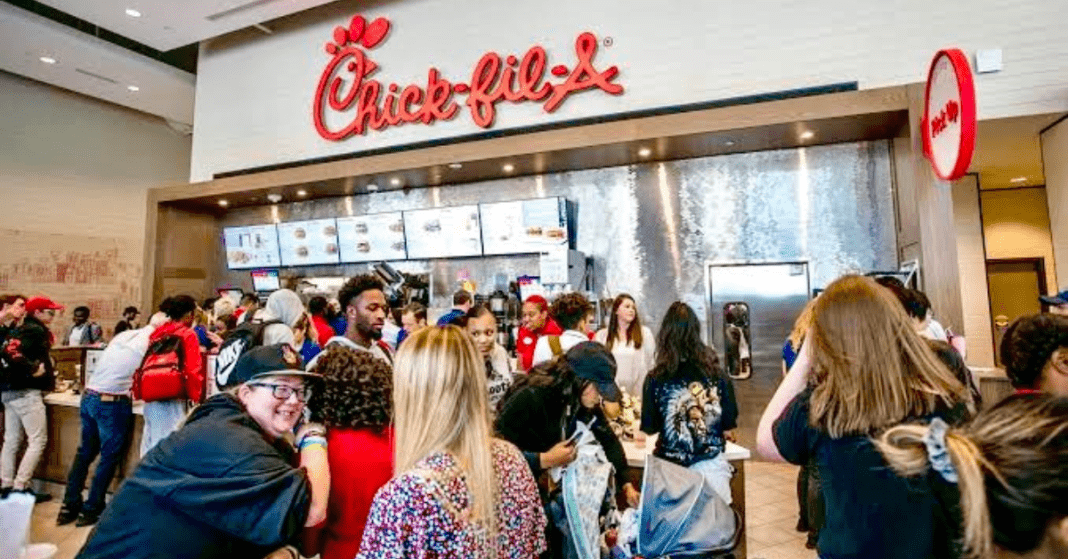The Growing Demand for Sunday Hours
In today’s fast-paced world, the demand for businesses to extend their operating hours to include Sundays is on the rise. With many people juggling busy work schedules during the week, Sunday has become a prime option for running errands, shopping, or simply enjoying leisure activities. As a result, customers are increasingly seeking convenience and flexibility in their weekend routines, leading to a growing expectation for businesses to be open on Sundays.
This shift in consumer behavior has not gone unnoticed by businesses looking to stay competitive in the market. Many retailers, restaurants, and service providers are recognizing the importance of catering to customer demands by offering extended hours on Sundays. By aligning their operating hours with the preferences of their target audience, businesses can enhance customer satisfaction, increase foot traffic, and ultimately boost their revenue potential.
The Impact of Competition on Operating Hours
Operating hours play a crucial role in the success of businesses, especially in industries facing fierce competition. When competitors extend their hours of operation, businesses are often compelled to follow suit to remain competitive. This pressure to keep up with competitors’ schedules can lead to businesses extending their operating hours, which can potentially attract more customers and increase revenue.
In today’s fast-paced market, customers expect convenience and flexibility in terms of when they can access goods and services. With increased competition, businesses must adapt to meet these changing customer demands by offering extended operating hours. Failure to do so can result in losing market share to competitors who are more readily available to meet the needs of customers at different times of the day.
Changing Customer Preferences
In the ever-evolving landscape of customer preferences, businesses are constantly challenged to keep pace with shifting trends. Customer preferences can range from the desire for extended service hours to the demand for more personalized experiences.
Businesses must stay attuned to these preferences in order to meet the needs of their customers and remain competitive. Adapting strategies to align with changing customer preferences can lead to increased customer satisfaction and loyalty, ultimately driving business growth and success.
Potential Increase in Revenue
One of the key motivating factors for businesses to consider extending their operating hours is the potential increase in revenue that can be generated. By staying open for longer periods, establishments can cater to a broader range of customers, including those who may not have been able to visit during traditional operating hours. This expanded accessibility can lead to higher sales and profits, ultimately contributing to the overall financial success of the business.
In addition to accommodating a larger customer base, extending operating hours can also create opportunities for upselling and cross-selling. With more time to interact with patrons, employees have the chance to suggest additional products or services, leading to potential upsells that can boost the average transaction value. Similarly, cross-selling complementary items becomes easier with extended hours, as customers have more time to explore different offerings, potentially resulting in increased revenue per customer interaction.
Balancing Workforce Schedules
Maintaining optimal workforce schedules is a crucial aspect for businesses looking to meet the demands of their customers while maximizing operational efficiency. By aligning staffing levels with peak hours of activity, organizations can ensure they have the right people in place to deliver exceptional service when it matters most. This strategic approach not only enhances customer satisfaction but also helps in minimizing labor costs by avoiding unnecessary overstaffing during slower periods.
Effective scheduling involves a careful balance between anticipating customer traffic patterns and managing employee availability and preferences. By utilizing data analytics and employee scheduling software, businesses can create schedules that cater to both customer needs and employee work-life balance. This not only fosters a positive work environment but also boosts productivity as employees are more likely to perform at their best when they feel valued and accommodated in their work schedules.





